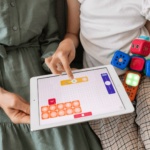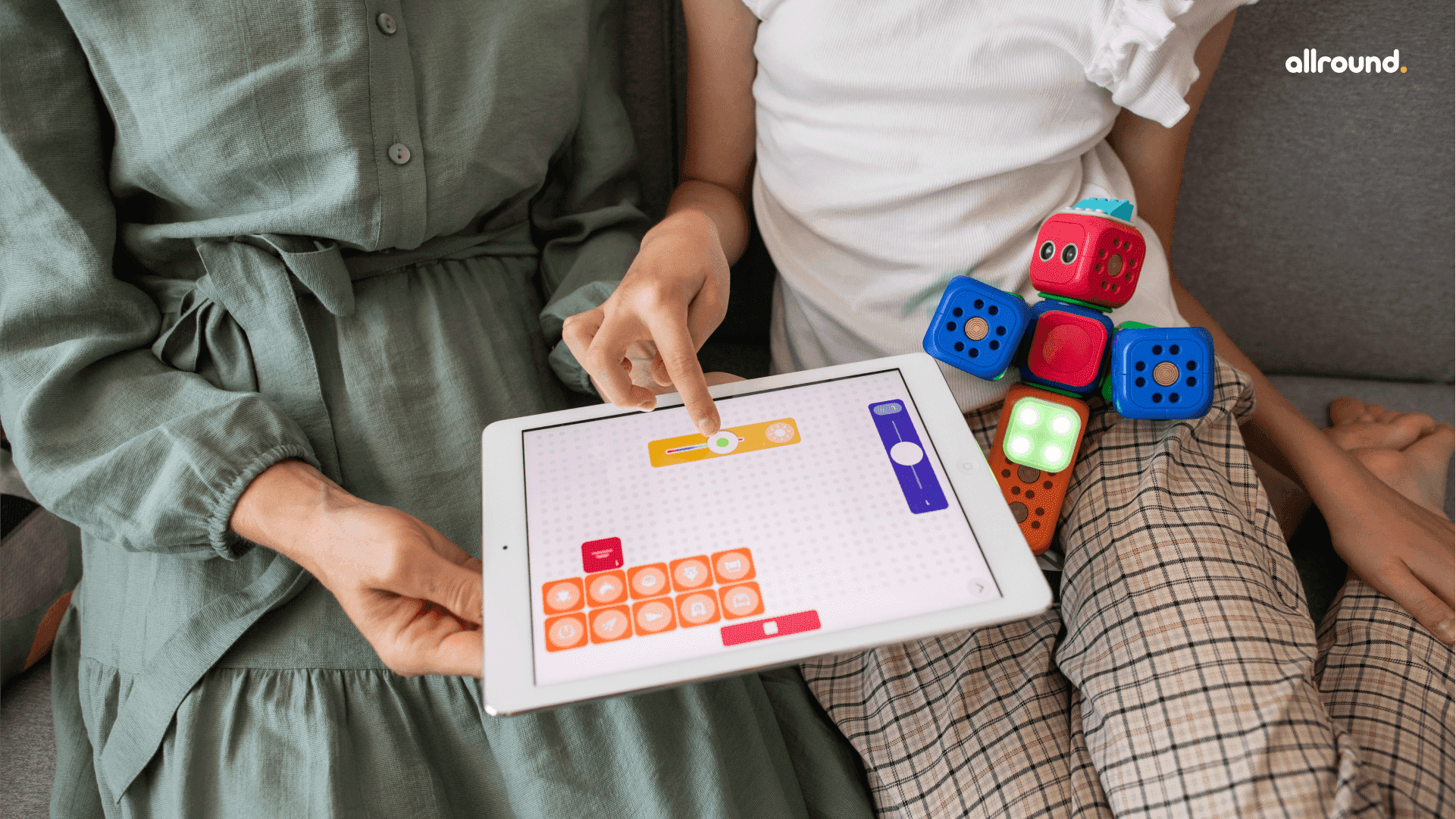The Best Way to Choose Curriculum for Kids Who Learn Differently4 min read
Contents
How do Kids learn?
Each child has a different learning style. Some prefer to learn by doing, while others prefer to learn by reading, talking, and asking questions. While your child may fit different learning styles, they may also have different learning preferences. For instance, visual learners may prefer to learn difficult topics by using their visual communication skills. Understanding how children learn is one of the best ways to improve their academic success and satisfaction when it comes to choosing the curriculum for their families. This process can be done in a transitional period so that both of you can enjoy the experience.
Types of Learners
- Visual learners prefer to look at things. They usually use visual aids such as pictures, videos, and diagrams to help them visualize and understand information.
- Aural learners are people who are good listeners and can easily understand different sounds and concepts. Sound and music are good for these learners who have a good sense of rhythm. They usually sing or play different instruments.
- Non-verbal learners prefer to use words. They can easily express themselves in both speech and writing. They can easily express themselves through their words and can also participate in various activities that involve speaking, reading, and writing.
- Kinesthetic learners love to use their bodies and hands to learn. They also love to participate in physical activities that involve their bodies. These students are passionate about sports and physical activities. Getting involved in these types of after-school programs is important for them to develop their skills and knowledge.
- Logical learners are individuals who excel in math, logic, and numbers due to their ability to mentally analyze and solve complex problems. They usually use strategies and scientific thinking to solve complex problems.
- Social learners prefer to learn in groups and work with others. They are good listeners and are capable of developing effective communication skills. They are good listeners who are able to communicate effectively with others. They also enjoy discussing ideas and concepts.
- Solitary learners are individuals who prefer to work alone or self-study. They are very self-aware and are capable of handling many tasks and relaying their thoughts in a way that is most appropriate for them.
Managing the curriculum for kids who learn differently
Teaching Visual Learners
Visual learners prefer to see and observe things. They will use certain expressions to make sure they are doing something right before they start working on a new task. Use color code books and notes to organize and relate material. Students can also pick out keywords and ideas they’ve written about in their own writing to help reveal organizational patterns. Use the chalkboard to note important information.
Teaching Auditory Learners
Someone with an Auditory Learning style has a preference for transferring information through listening. They will use certain phrases to tell them what to say and will be able to perform a task after listening to instructions. Talk about the material. Ask students to tape lectures and review them together. Listen to it together. Use a talking calculator to help them learn how to read and hear the material.
Teaching Kinesthetic Learners
People with a Kinesthetic learning style prefer to experience hands-on activities, such as holding, doing, and touching. They will also use phrases such as ‘let me try’ or ‘how do you feel?’ to encourage them to try new things. Use colored pencils and paper to write down information. Experiment with different sizes of pencils and paper to make notes. For this assignment, ask the student to envision a scene where the material being learned is used or acted out. Take notes while listening or reading. Also, use body movements to keep the student focused on the task at hand.
Strategies for kids who learn differently
- Stop and wait for a question or a response after saying something. This is usually a three- to seven-second pause.
- Slow processing speed can make it hard for kids to follow their parents while teaching. This strategy can help minimize this issue.
- For kids with ADHD, waiting time can help them think critically instead of reacting to an immediate answer.
- A graphic organizer helps kids connect ideas and organize their work. It can also be used to support struggling learners. They help parents scaffold the learning process for struggling learners. It’s similar to scaffolding a building.
- Determine the lessons for your kid. It can help kids with learning differences and improve their thinking skills. Parents can help kids focus on the most important parts of the lesson by setting the pace of instruction so that they can take in as much information as possible. This can help lower the anxiety level while homeschooling.
Conclusion
Homeschooling is the best way to teach kids with special learning skills that will develop their learning the way they need it. This article helps you with all the tips and knowledge that is required to choose a curriculum that suits best for your kids.




